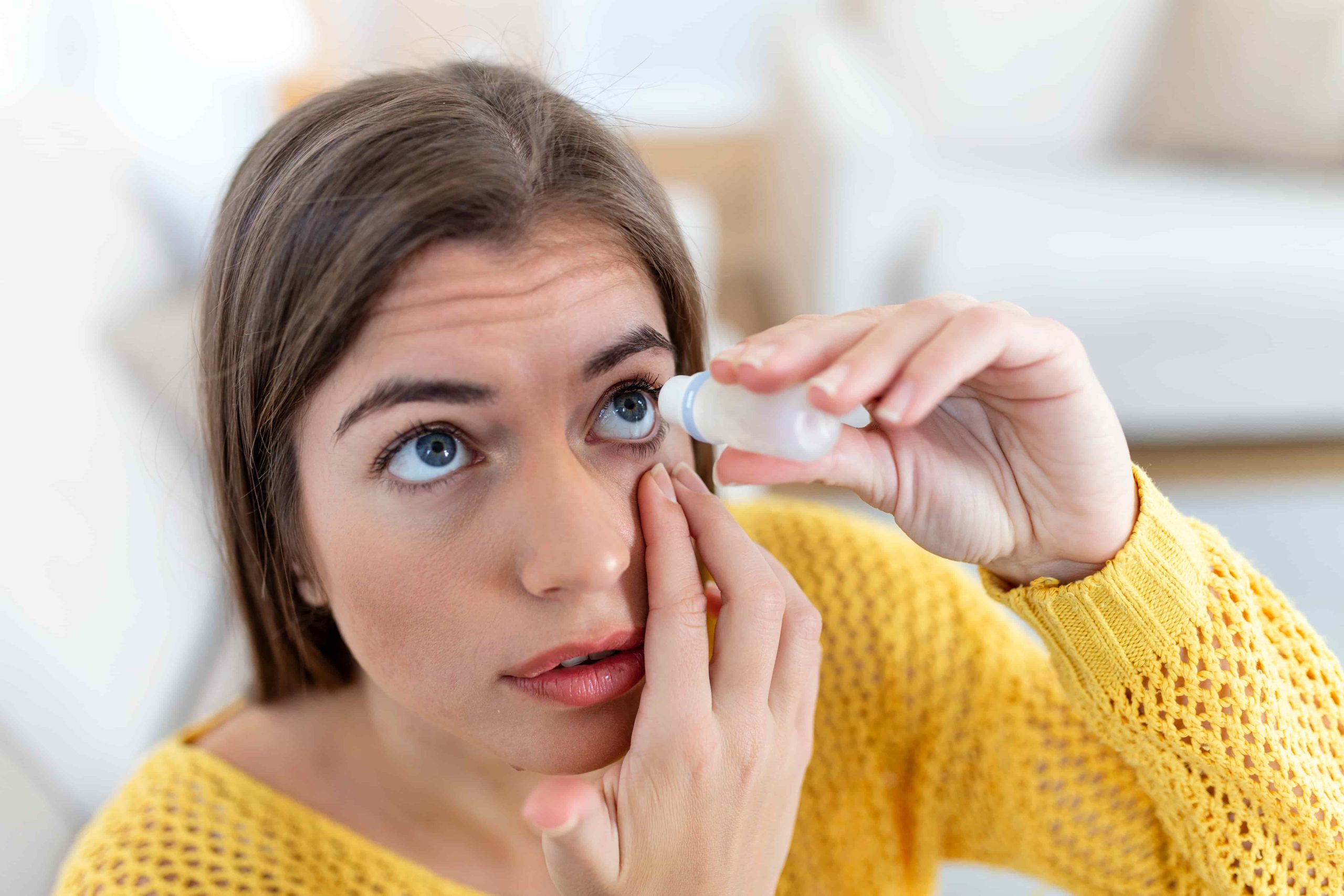DRY EYE
DRY EYE
What is the use of tears?
Tears are of vital importance on the surface of the eye. Tears are necessary for the moistening, nourishment, purification of infections (both by washing away and with its antimicrobial effect), maintenance of corneal transparency and integrity, and maintenance of image quality on the retina.
What happens if tears are disrupted?
A decrease in tear secretion or a change in its components disrupts the balance on the surface of the eye. The deterioration in tear quality triggers inflammation on the surface of the eye, which results in damage to the layer called the epithelium that surrounds the surface of the eye in the form of a membrane. The opening of the nerve endings as a result of this epithelial damage causes discomfort in the eye, the need to blink frequently, and reflex tearing. While patients actually suffer from dry eyes, they may also apply to the clinic with excessive watering due to the paradoxical reflex tearing that develops. Here, we see that since the tears, which do not have sufficient content, cannot stay on the surface of the eye for the required time, the eye tries to eliminate this problem by producing more tears in order to keep these areas wet.
What triggers dry eyes?
Low humidity and excessive air flow increase tear loss through evaporation. Air-conditioned environments are effective in causing dry eyes for this reason. Long plane trips also cause dry eyes in a similar way. Computer use reduces the blink reflex and causes dry eyes. Caffeinated beverages can also cause dry eyes due to their diuretic (diuretic) effects. Therefore, it is useful not to strain the eyes, which are already exposed to an intensely air-conditioned environment, by taking caffeine during long plane trips. Air pollution and cigarette smoke are also effective in causing dry eyes.
Do medications trigger dry eyes?
Women, especially after menopause, have a higher potential to develop dry eyes due to the decrease in general body secretions. We know that dry eyes develop more frequently after eye surgeries such as LASIK and LASEK. We know that heavily used allergy medications, diuretics, and some antidepressant medications also cause dry eyes. Again, we know that eyelash root inflammation, or blepharitis, which we frequently see in clinical practice, also disrupts tear content and causes dry eyes.
Do contact lenses cause dry eyes?
It is known that contact lenses used for a long time also cause dry eyes.
Are there any diseases that accompany dry eyes?
A number of skin diseases, such as acne rosacea (rose rose) and rheumatic diseases (rheumatoid arthritis, lupus), can also cause dry eyes.
What can patients do to make their lives easier?
In the first step, the patient should be educated about dry eyes. Taking short breaks in computer use and blinking more often while using the computer are the simplest but most beneficial. Adjusting environmental factors is also important.
It is important to reduce the frequency of being in air-conditioned environments and, if possible, not to be in the opposite direction of the air-conditioning. Increasing water consumption is very important.
Staying away from caffeinated beverages, smoking and smoking environments helps to protect the tear film layer. A diet rich in greens and omega-rich foods is beneficial. It may be comforting for contact lens users to reduce the duration of use.
In patients with eyelash root inflammation, hot compresses and eyelash root cleaning with eyelash shampoo are meaningful for both the treatment of blepharitis and the treatment of secondary dryness.

